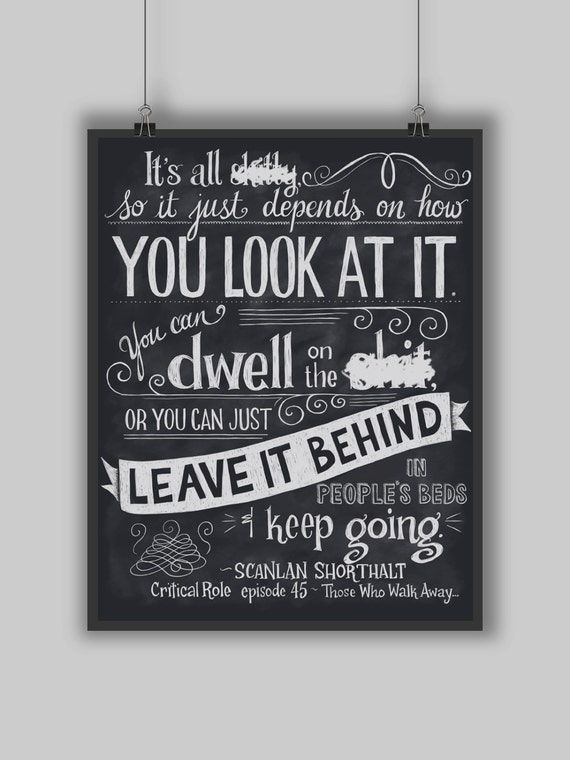
This sets the foundation for a healthy relationship that will lead to employee engagement and a healthy work environment.


A critical aspect of this is working out the manager/employee relationship, which should look at communication styles, personality types and personal and career development goals.

Relationships – Relationships are crucial to a new hire’s success because these relationships will give the new hire the support and resources to help the individual transition, as well as help him/her really invest in their new company. This is also a good time and place to lay out expectations for the employee and what the employee can expect from his/her manager and the Human Resource department. It can and should also include non-technical information about the workplace culture and those unique aspects of the organization. Knowledge – This entails the information that the new hire needs to acquire throughout the process and can be as simple as which printer to use, but also as complex as what they and their department are responsible for. Our experts tell us that transitional learning process breaks down into three main categories: knowledge, relationships and feedback, which we’ll deal with in more detail below. It is that time when they’re learning the ropes and their responsibilities. On-boarding is quite simply the process by which new hires transition from the selection process to performance-based management. This concern for the new hire in the on-boarding process will demonstrate just that and set a firm foundation for a healthy and productive work relationship. Every good relationship is built on trust, which is as true at home as in the workplace, and trust is built through honesty, respect and demonstrating that you have the other person’s interests at heart. One of the key ways to do this is to earn the employees’ trust by taking the time to help them through this often difficult transition period. The on-boarding process should be seen as an opportunity to cement a positive working relationship between a manager and employee. This makes any activity that increases employee retention a long-term gain for the bottom line.Įmployee engagement hangs on the manager/employee relationship, so it’s important to start out on the right foot and that means taking an active and serious role in the on-boarding process. Not to mention that turnover is time consuming and expensive, wasting not only the productivity of position being filled, but also in the managers and HR department going through the talent search and bringing the new hire up to speed.

The research is showing that employees more often quit working for their managers, not for their organization, so first impressions for the managers are important. Talent retention has become a hot topic in the human resource (HR) community because of the looming talent shortage as baby boomers leave the workforce. On-boarding, beyond being helpful for the new hire, is essential for talent retention and employee engagement, which translate directly into efficient productivity. By guiding new hires through the ins and outs of the office, as well as their responsibilities and your expectations of them, on-boarding is meant to guide that initial energy into productivity and relieve some of the stress and anxiety that comes with any transition in life. In essence, starting a new job is often wrapped in similar emotions and on-boarding, like college orientation, is meant to help new employees through that transitional period. Have you ever started a new job or can remember going off to college with the mixed emotions of excitement and anxiety? You were excited for the new opportunity and to hit the ground running, making the best impression you can, but anxious because you’re not exactly sure what’s expected of you and what it will actually be like.


 0 kommentar(er)
0 kommentar(er)
